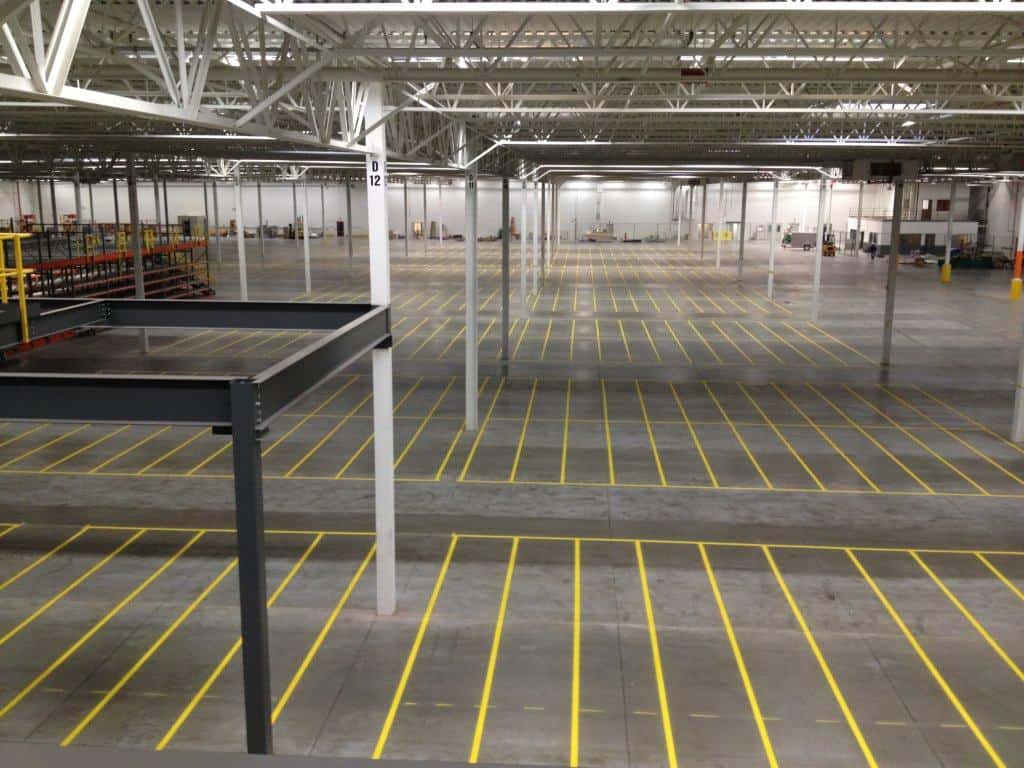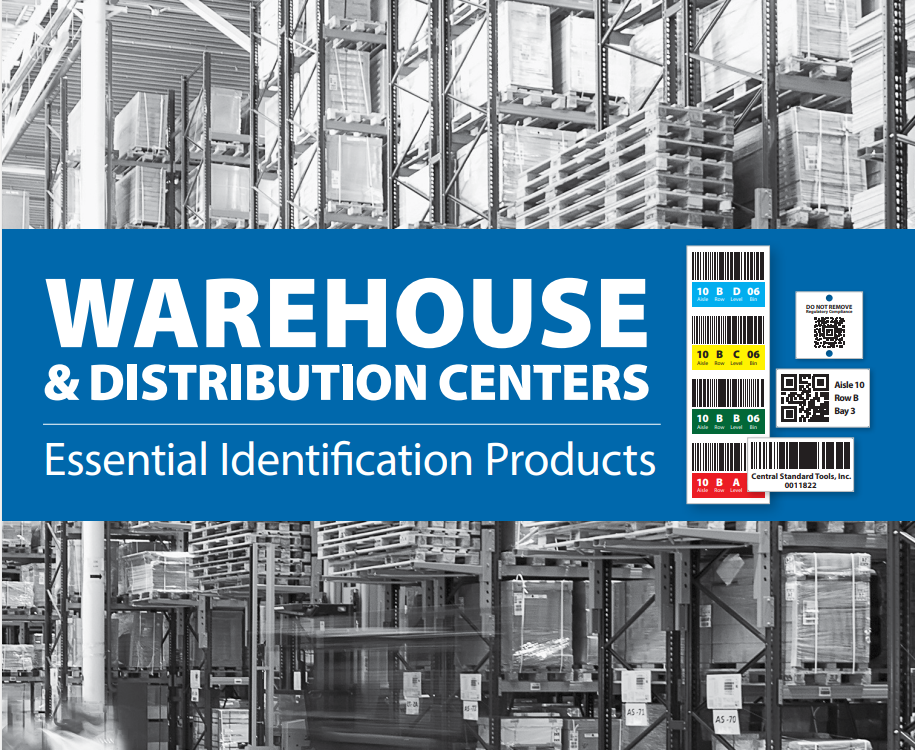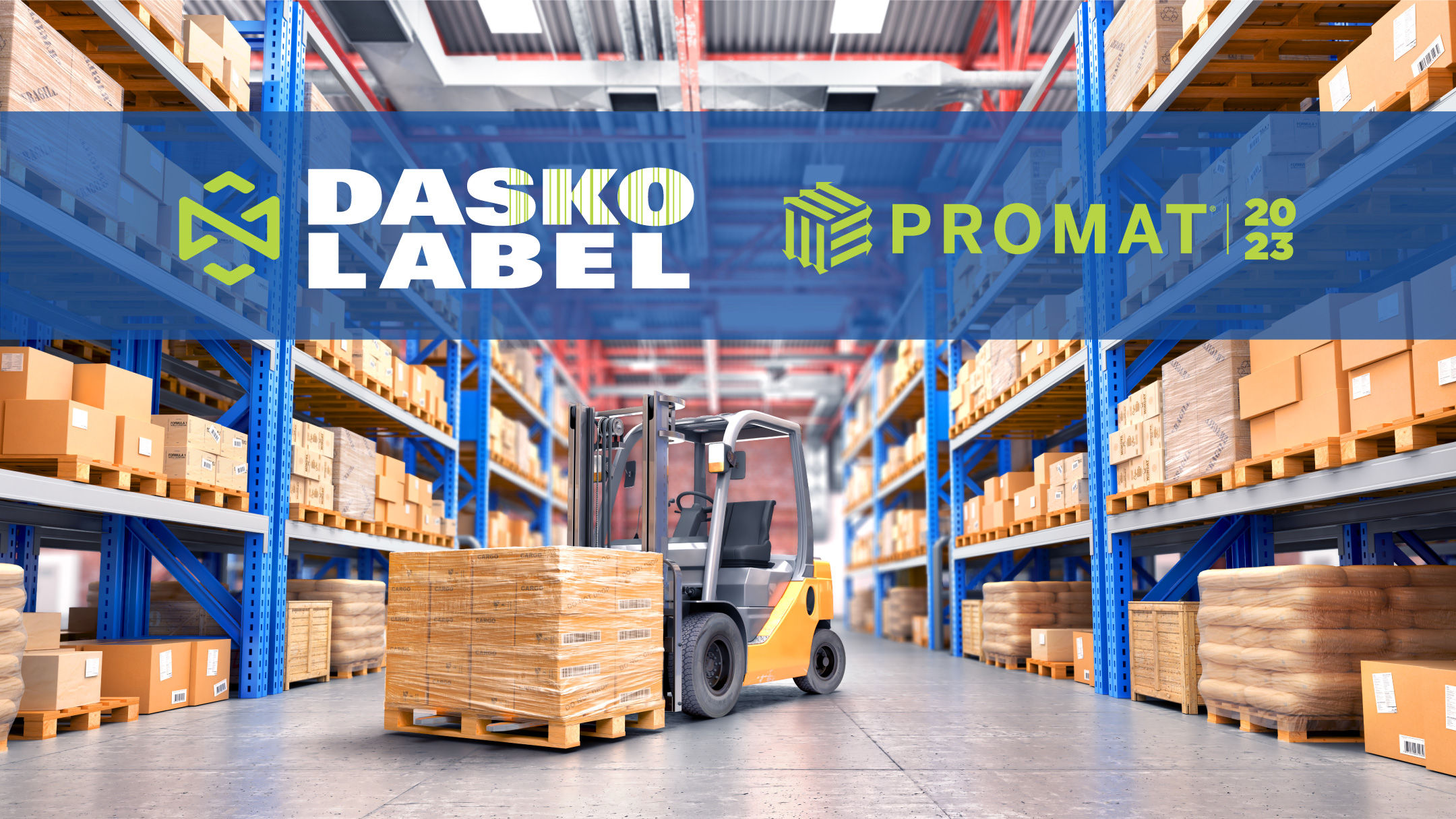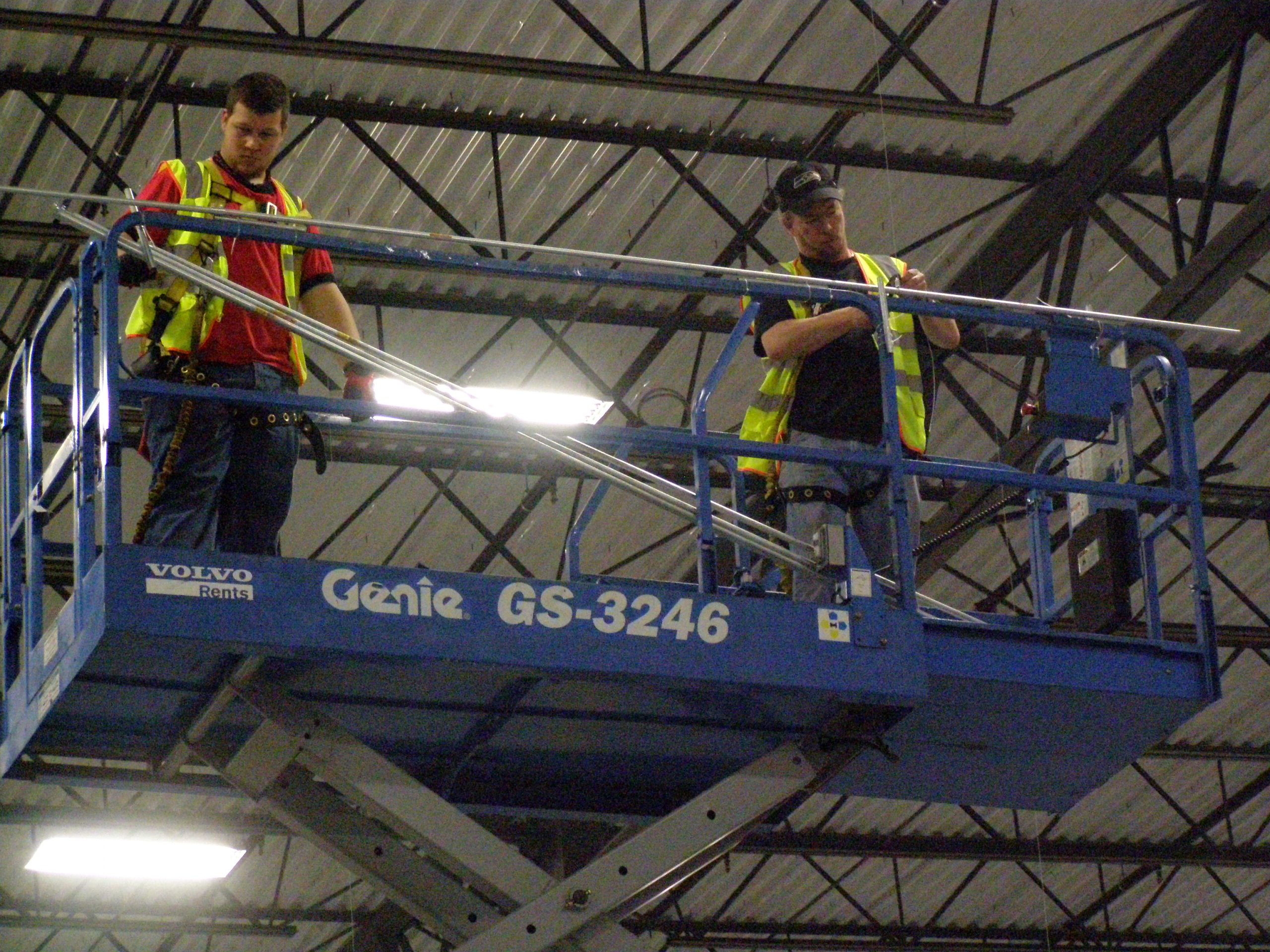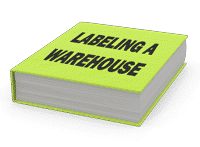WRITTEN BY: LARRY SPORTELLO AND KEN BOOTH
Published By: ISIT.com
A label is many things all at once. It is immediately more than just the strict definition of “a piece of paper, ceramic or poly composition.”
Labels help protect producers, transporters, users and disposers. They are extensions of our corporate being, accompanying our products through processes and end user chains. Their appearance helps sell and record the locations and critical data of our product. Labels are also legal documents. Their accuracy helps meet compliance and contractual obligations. Their contents and feedback help assure correct and safe product usage, transportation, storage and distribution, as well as final disposal.
The focus of this article is bar code labels and their benefit to the electronics industry for production, work-in-progress (WIP) tracking and product identification. Making the presumption that readers who are producing and packaging electronics already use a bar code labeling system (or plan to do it soon) there are a number of key questions that need to be answered. The key issues are the harshness of the environment, the longevity required, the data being captured from the bar code, whether to use blank stock or preprinted labels, and the issue of automation.
The issue of environment is extremely important, is the label going through a wave solder bath? Is it exposed to solvents, washing, high humidity, high levels of ESD or temperature extremes? If so, you must engineer the label up front to worst-case conditions.
Anatomy Of A Label Looking at the make-up or anatomy of a label, there are four base components. Face stock can include plastics, paper, ceramic, or metallized material. Its primary function is to provide a printable surface, as well as opacity, rigidity, moisture resistance and ease of handling.
The second component is adhesives, which include rubber, acrylic, silicone or thermo-set. Most label adhesives contain an acrylic polymer as their key component. Acrylics combine excellent UV stability with high tensile strength. They can be adjusted for a wide array of applications. Most commonly used in high-temperature electronics applications are acrylic or clastormeric adhesives. They provide the greatest resistance to heat and ultraviolet light.
Next is the paper or plastic liner. Most pressure-sensitive label material is provided on a Kraft paper liner with a coating to ease release of the face stock. Thicknesses usually vary from 3 to 5 mils. To reduce paper dust and web breakage, particularly in automatic applications, many users are converting to plastic liners, with 1.5- to 2.0-mil polyester as the preferred material.
The fourth component is overlaminates, usually 1-mil polyester or polyimide in the harshest of environments, such as PC board labeling. These laminate options are used when it is essential to protect the copy produced on a thermal transfer printer. They can extend the label’s shelf life as high as 20 years and ensure UV resistance.
Although not part of the label, per se, the printed message is the reason the label is used. The end user has two options: thermal transfer ribbon or direct thermal paper. The preferred method is thermal transfer, for a variety of reasons. Although there is the initial added cost of the ribbon stock, the advantages are imaging, durability of print quality, and the ability to print and scan extremely small bar codes at high speeds (up to 12 ips or inches per second). Thermal transfer allows products to maintain maximum output at minimal cost.
Although less expensive in material cost, direct thermal paper lacks long-term UV image stability and is not as resistant to high temperatures or moisture. It has limited durability and suffers from occasional background discoloration. Direct thermal paper is unable to withstand the manufacturing processes in the electronics industry, leaving portability and low cost as its only true advantages.
In-House Or Preprinted? The electronics industry has accepted labels as the primary method for marking, tracking and validating work in process, especially for circuit board assembly. The advantages over other methods (such as direct marking options), are longevity of code, scannability of bar codes (up to 400 dpi) and endurance under production conditions.
Certain industries use laminates to extend the life of the label, especially when labels are exposed to harsh environments. Producers can maintain total control over the assembly process through the combined elements of polyimide face stock (polyester in lower heat environments), polyester liner, acrylic adhesive, thermal transfer ribbon, and polyester or polyimide laminates (when justified).
The next decision is whether to print in-house or purchase preprinted labels from an outside supplier.
Advantages of printing in-house:
- Bar code labels can be printed in smaller quantities, with no minimum level justification.
- Labels can contain variable information, including real-time and product-sensitive data.
- Mobility of equipment gives users the flexibility of moving with the needs of the production environment.
Disadvantages:
- Initial investment in hardware, software and operator training.
- Due to higher fixed costs, best economic gains come through higher volumes and more constant usage.
- Costs are identified in machinery, material and operator labor.
- If the system fails and there is no back-up, lost productivity and failure to meet deadlines can ensue.
- If the demand of the application outpaces the speed of the equipment, line efficiencies will suffer.
Advantages of buying preprinted labels:
- No capital investment.
- Label quality is guaranteed as part of incoming QC checks, particularly if your vendor is certified.
- Labels are ready to be used when needed, with no probability of line down time.
- Label suppliers are better equipped to offer unique capabilities and variations in material, software and proprietary technologies that may not be available to the end user.
- Inventory can be kept to a minimum if a periodic release contract is maintained with the supplier, allowing for fast turnaround as production needs change.
Disadvantages:
- Any changes in label format or design will require new set-up and production and associated costs.
- Supply is limited to vendor orders in place, and cannot be modified on a moment's notice.
- An inventory of variable label requirements must be maintained by the end user.
- Limited shelf life, which is more pronounced in automatic applications.
Clearly there is no set answer to resolve this quandary. The user must review past and current label needs and determine the best solution for line efficiencies, production requirements and cost control.
Efficiency Is Key The next consideration is application to the component. With rising labor costs and inherent inefficiencies, the trend is to move towards application automation.
Automation can be as simple as a tabletop label dispenser, which allows the operator to remove and hand-place the label on the component. Simple as this may be, and with a cost well under $1,000, it saves substantial amounts in label waste. Equally important is the problem caused when a label is destroyed by an operator, which can cause delays ‹ and if it’s serialized, there’s the challenge of re-establishing the sequence.
It’s important to give careful attention to the media design (especially for automated systems with higher line speeds) due to strippability, feedability, and printability. This makes a good case for specifying media and machinery at the same time. Interim steps vary from semi-automatic print-and-apply systems to fully automatic pic-and-place systems.
Symbology selection is an essential feature in laying out the label specifications. The key is the amount of data relative to the label size and real estate. One viable resource is The Bar Code Book, authored by Roger C. Palmer, and highly recommended reading for anyone who is new to this technology. One example of a condensed code is the Maxi-Code, commonly used in distribution networks.
A recent study at a major PC board manufacturing facility showed that hand removal and placement of preprinted labels averaged 27 seconds per label. With a fully automatic robotic system, this can be reduced to as little as five seconds per label, including the label printing online. Payback on investment (including equipment, materials, installation, and operator training) can be achieved in as little as three to four months.
In closing, it needs to be stressed that bar coding can improve line efficiency throughout the entire distribution channel. Today’s supply chain is demanding more: faster, more efficient production; accurated, more timely communications within an entire organization; and clearly identified components. The move towards a virtually paperless environment can be aided greatly by the use of bar code labels, provided they are not treated as a separate element unto themselves. The whole is clearly greater than the sum of the parts.

